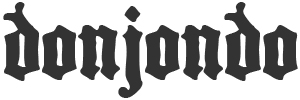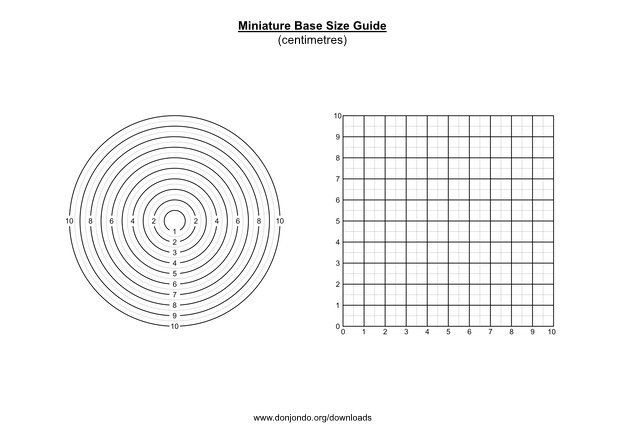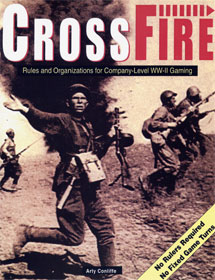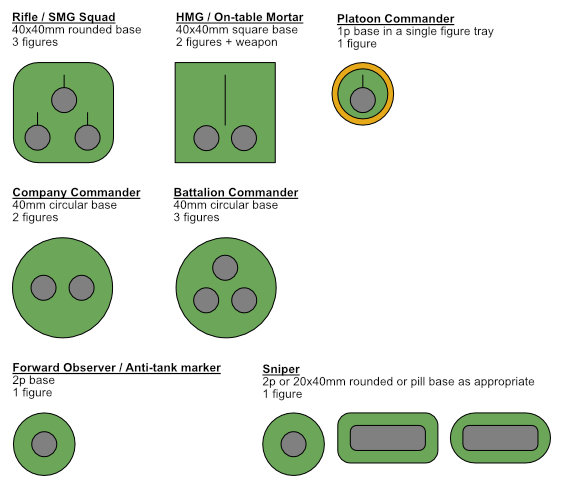I’m a fan of Bob Cordery’s The Portable Wargame. It provides a way to play conclusive and dramatic battles without getting bogged down in byzantine rules. The game suits sparring tabletop generals and the solo hobbyist. However in my efforts to play it remotely (eg on VASSAL), there is one particular aspect that I’ve been mulling over.
When a unit is hit, the defending unit rolls to see whether they must either:
- take the damage
- choose between taking the damage or retreating
nb Higher quality troops are more likely to have the choice of holding or retreating.
I like this rule as it gives the non-active player an opportunity to make tactical decisions during the active player’s turn. However for games that are played remotely, this is a potential snagging point if the players are not present at the same time. In such asynchronous situations, the active player may have to wait on the non-active player communicating their wishes before the active player’s turn can be completed. This isn’t arduous but it does slow the flow of each turn that involves combat. Which in a wargame, can be numerous.
So here are some thoughts on possible guidelines (which could be adopted if both sides are in agreement) to help determine what a defending unit will do, when given a choice:
- A defending unit will hold a strategic position if there’s a chance that reinforcements will arrive before all is lost.
- A defending unit will retreat from a strategic position, if holding it would mean that the unit is lost.
- If not in a strategic position, a defending unit will retreat towards a stronger position, or towards friendly lines (whichever is closer).
- If there is any doubt as to which direction a retreating unit should move, it should be directly away from the attacking unit and not closer towards any other enemy unit.
You would of course have to agree before the battle, which locations were strategic positions. But hopefully this should be quite apparent whilst surveying the battlefield. Towns, bridges, hills, fieldworks and fortifications would be likely candidates. Woods overlooking open ground could be advantageous positions too depending on the map.
Hopefully these guidelines will be of use to anyone wanting to streamline their remote play, or indeed the solo gamer who sees merit in reducing the bias that they may have whilst playing “the enemy”.















